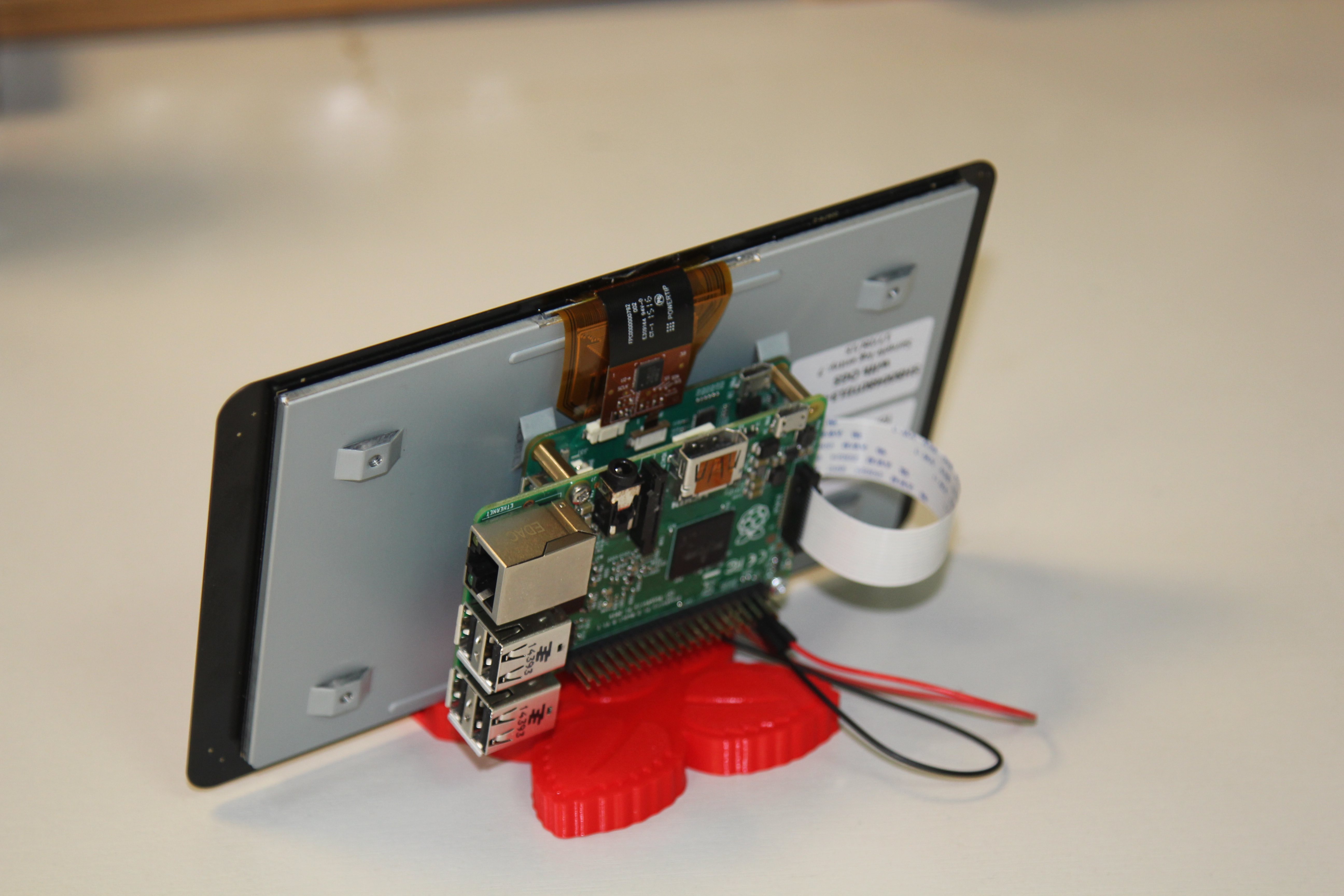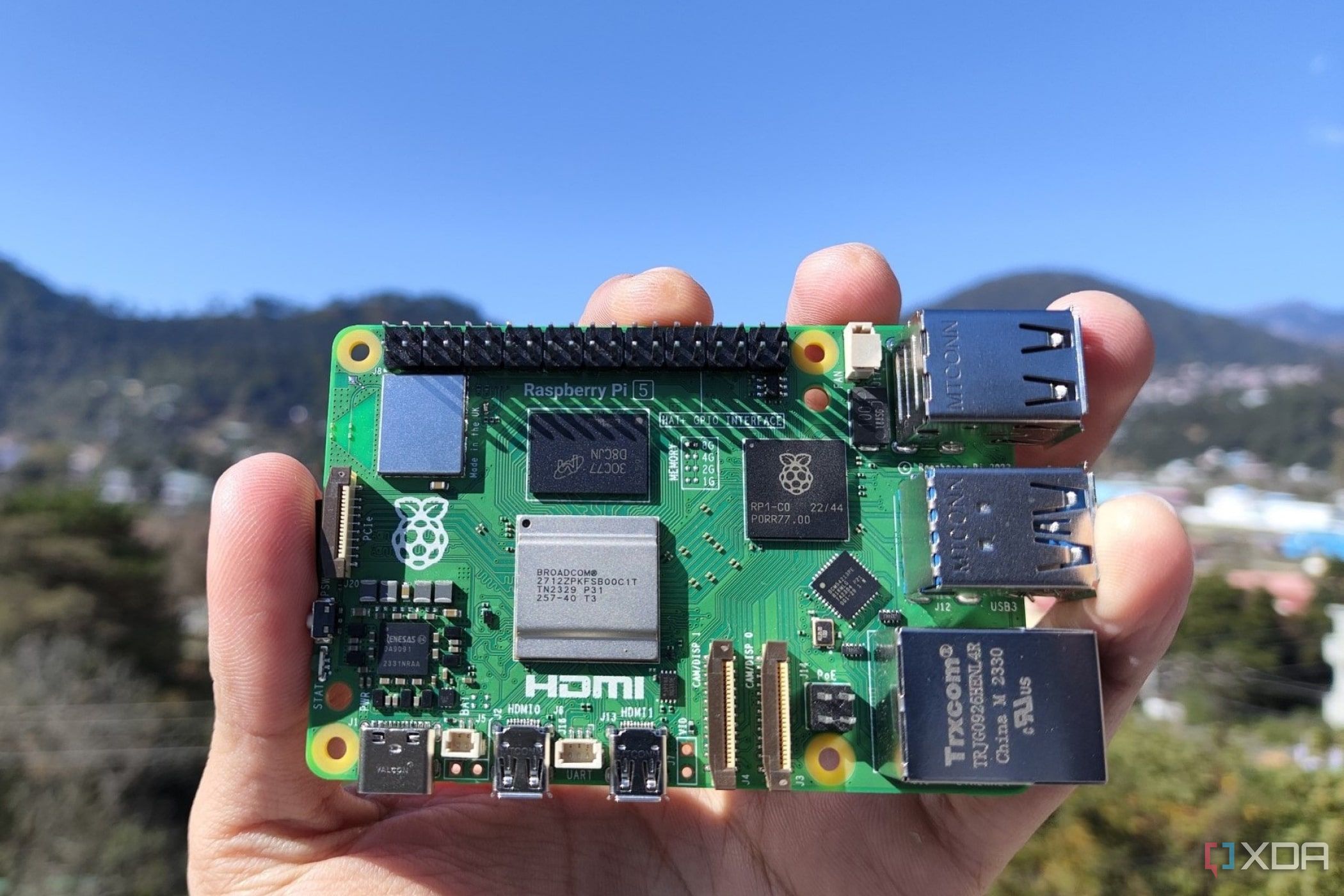How To Use Monitor Raspberry Pi Behind Firewall Without Windows: A Comprehensive Guide
Using a Raspberry Pi behind a firewall without Windows might sound tricky, but trust me, it’s doable—and super rewarding. Whether you’re setting up a home server, running IoT devices, or just tinkering around, this guide will walk you through every step. From configuring SSH to securing your network, we’ve got you covered. So, if you’re ready to dive into the world of Raspberry Pi management without relying on Windows, let’s get started!
Imagine this: you’ve got a Raspberry Pi humming away in the background, quietly doing its job. But here’s the catch—you’re stuck behind a corporate or home firewall, and you don’t have access to Windows. Sounds like a challenge, right? Well, fear not! This article will show you exactly how to monitor and manage your Raspberry Pi from virtually anywhere, all while keeping your setup secure and efficient.
Before we jump into the nitty-gritty, let’s quickly touch on why this matters. Firewalls are great for security, but they can also be a pain when you’re trying to access devices remotely. And if you’re someone who prefers Linux or macOS over Windows, you need a solution that works seamlessly with your preferred operating system. This guide will arm you with the knowledge and tools to take control of your Raspberry Pi, even in the trickiest of network environments.
- Uncovering The Age Gap Donald Trump Jrs Love Life Revealed
- Noah Galvins Journey From The Good Wife To Transgender Activism
Understanding the Basics of Raspberry Pi Behind a Firewall
First things first, let’s break down what it means to use a Raspberry Pi behind a firewall. A firewall is essentially a digital bouncer, controlling who gets in and out of your network. When you’re working with a Raspberry Pi, this can pose a challenge if you want to monitor or manage it remotely.
Now, here’s the good news: you don’t need Windows to make this happen. With tools like SSH (Secure Shell), VNC (Virtual Network Computing), and even web-based interfaces, you can easily interact with your Raspberry Pi from any device. The key is knowing how to configure these tools properly and ensuring your network remains secure.
Why Monitor Your Raspberry Pi?
Monitoring your Raspberry Pi is crucial for several reasons. Whether you’re running a media server, a home automation system, or a weather station, keeping an eye on your Pi ensures everything runs smoothly. Here are a few reasons why monitoring is important:
- The Ultimate Guide To Xxxtentacions Relationships From Heartbreak To Happiness
- Tragic Loss Duck Dynasty Star Succumbs To Mortality
- Performance Tracking: Keep tabs on CPU usage, memory, and disk space to prevent crashes.
- Security: Detect and respond to unauthorized access or suspicious activity.
- Remote Access: Manage your Pi from anywhere, whether you’re at home or on the go.
- Automation: Set up scripts and alerts to handle tasks automatically.
Without proper monitoring, your Raspberry Pi could be running blind, leaving you vulnerable to issues that could have been avoided with a little oversight.
Setting Up SSH for Remote Access
SSH is your best friend when it comes to managing a Raspberry Pi remotely. Here’s how you can set it up:
Step 1: Enable SSH on Your Raspberry Pi
Head over to your Raspberry Pi’s terminal and type the following command:
sudo raspi-config
From there, navigate to “Interfacing Options” and enable SSH. Once you’ve done that, reboot your Pi to apply the changes.
Step 2: Connect via SSH
Now that SSH is enabled, you can connect to your Raspberry Pi from any device. On Linux or macOS, open your terminal and type:
ssh pi@
You’ll be prompted to enter your password, and voilà—you’re in!
Configuring Your Firewall for Raspberry Pi Access
Firewalls can be a bit of a hurdle, but they’re not impossible to navigate. Here’s how you can configure your firewall to allow access to your Raspberry Pi:
- Identify Your Pi’s IP Address: Use the ifconfig or ip addr command to find your Pi’s local IP.
- Open Necessary Ports: Ensure that ports like 22 (for SSH) are open on your firewall.
- Set Up Port Forwarding: If you’re accessing your Pi from outside your local network, configure your router to forward traffic to your Pi’s IP address.
Remember, security is key. Only open the ports you absolutely need and consider using tools like fail2ban to block unauthorized access attempts.
Using VNC for Graphical Access
Sometimes, you need more than just a terminal. That’s where VNC comes in. Here’s how to set it up:
Step 1: Install VNC Server
Run the following command on your Raspberry Pi:
sudo apt-get update && sudo apt-get install realvnc-vnc-server realvnc-vnc-viewer
Step 2: Connect with a VNC Client
Download a VNC client on your device and enter your Pi’s IP address. You’ll be able to interact with your Pi just like you would with a physical monitor and keyboard.
Web-Based Monitoring Solutions
For those who prefer a browser-based approach, there are plenty of options available. Tools like Pi-Hole, Grafana, and Home Assistant offer web interfaces that make monitoring your Raspberry Pi a breeze.
Pi-Hole
Pi-Hole is a fantastic tool for ad-blocking and network monitoring. Install it with:
curl -sSL https://install.pi-hole.net | bash
Once installed, access the web interface by typing your Pi’s IP address into your browser.
Grafana
Grafana is perfect for visualizing data. Pair it with Prometheus for a powerful monitoring duo. Installation is straightforward:
sudo apt-get install -y adduser libfontconfig1
wget https://dl.grafana.com/oss/release/grafana_9.0.0_armhf.deb
sudo dpkg -i grafana_9.0.0_armhf.deb
Securing Your Raspberry Pi
Security should always be a top priority. Here are a few tips to keep your Raspberry Pi safe:
- Use Strong Passwords: Avoid using default credentials like “raspberry” for your password.
- Enable Two-Factor Authentication: Add an extra layer of security with tools like Google Authenticator.
- Keep Software Updated: Regularly update your Pi’s software to patch vulnerabilities.
By following these steps, you’ll significantly reduce the risk of unauthorized access.
Troubleshooting Common Issues
Even the best-laid plans can hit a snag. Here are some common issues and how to fix them:
- Can’t Connect via SSH: Double-check your IP address and ensure the SSH service is running.
- VNC Connection Fails: Verify that the VNC server is installed and running on your Pi.
- Firewall Blocks Access: Ensure the necessary ports are open and properly configured.
If all else fails, consult the official Raspberry Pi documentation or reach out to the community for help.
Advanced Tips for Power Users
Once you’ve mastered the basics, here are a few advanced tips to take your Raspberry Pi management to the next level:
Automate Tasks with Cron
Cron allows you to schedule tasks on your Raspberry Pi. For example, you can set up a script to monitor disk usage and send you an email if it exceeds a certain threshold.
Set Up a Dynamic DNS
If your ISP assigns dynamic IP addresses, consider setting up a Dynamic DNS service. This will give you a consistent domain name to access your Pi, even if your IP changes.
Conclusion
In conclusion, monitoring and managing a Raspberry Pi behind a firewall without Windows is entirely possible with the right tools and techniques. By leveraging SSH, VNC, and web-based solutions, you can keep your Pi running smoothly and securely. Remember to prioritize security and stay up-to-date with the latest software updates.
So, what are you waiting for? Grab your Raspberry Pi, roll up your sleeves, and start exploring the endless possibilities. And don’t forget to share your experiences in the comments below or check out our other articles for more tips and tricks!
Table of Contents
- Understanding the Basics of Raspberry Pi Behind a Firewall
- Why Monitor Your Raspberry Pi?
- Setting Up SSH for Remote Access
- Configuring Your Firewall for Raspberry Pi Access
- Using VNC for Graphical Access
- Web-Based Monitoring Solutions
- Securing Your Raspberry Pi
- Troubleshooting Common Issues
- Advanced Tips for Power Users
- Conclusion



Detail Author:
- Name : Maximus Spinka
- Username : ullrich.lucie
- Email : frederik58@hotmail.com
- Birthdate : 1974-03-25
- Address : 464 Koelpin Passage Heidifort, TX 25643
- Phone : 315.308.9724
- Company : Stoltenberg, Bahringer and Keebler
- Job : Elementary School Teacher
- Bio : Eius est est commodi repudiandae ducimus. Nulla quam fuga reprehenderit sequi adipisci. Aliquid aut odio porro debitis non. Hic asperiores reiciendis ut saepe.
Socials
tiktok:
- url : https://tiktok.com/@eldridgerunte
- username : eldridgerunte
- bio : Aliquid impedit fuga molestiae enim atque.
- followers : 4061
- following : 2058
instagram:
- url : https://instagram.com/runtee
- username : runtee
- bio : Rem delectus nulla reiciendis soluta est qui. Dicta a optio non accusantium omnis non aspernatur.
- followers : 3448
- following : 615
linkedin:
- url : https://linkedin.com/in/eldridge_runte
- username : eldridge_runte
- bio : Aut consequuntur dolorem est sed.
- followers : 2340
- following : 332
facebook:
- url : https://facebook.com/eldridge.runte
- username : eldridge.runte
- bio : Molestias laboriosam voluptas dolore ipsa quasi. Dolorem in ratione qui.
- followers : 5295
- following : 2475